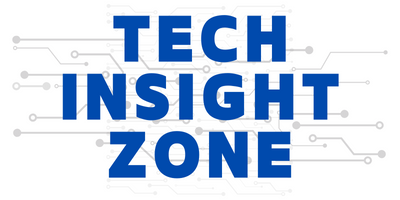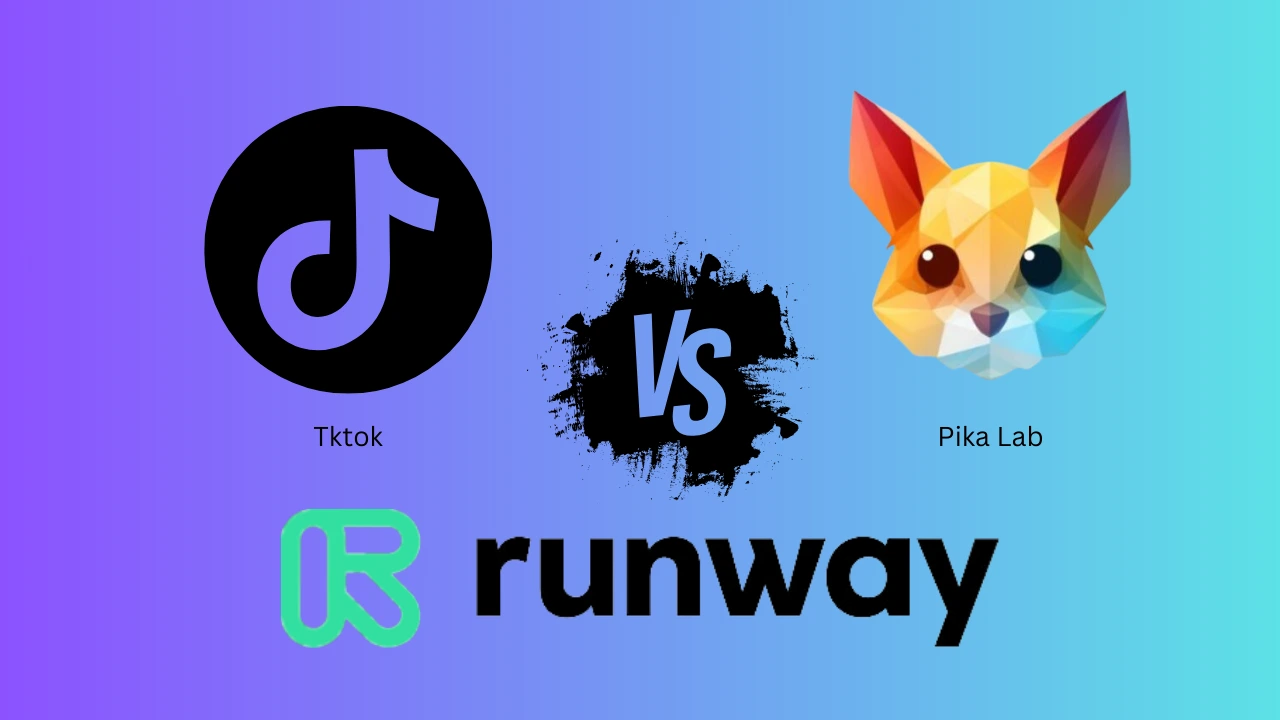The world of AI video generation is rapidly evolving, with new tools emerging to empower creators and redefine the boundaries of visual storytelling.
Among these innovative players, TikTok has recently thrown its hat into the ring with Boximator, a research project promising fine-grained motion control in video synthesis.
But how does it stack up against established names like Runway ML Gen 2 and Pika 1.0? Is Boximator truly a game-changer in the AI video revolution? Let’s delve deeper and analyze its potential impact.
What is Boximator and How Does it Work?
Box + Animator + Boximator! Interesting, right?
Boximator stands out for its distinct approach to motion control. Unlike many video diffusion models that rely solely on text prompts, it grants a unique level of visual control.
Imagine selecting objects in a reference image – a swirling leaf, a playful dog, or a soaring bird – and using simple boxes and lines to define their desired motion path. That’s the magic of Boximator.
Boximator also leverages a novel attention mechanism that focuses on specific image regions. This allows users to manipulate object movements with greater accuracy, creating more natural and dynamic animations.
Besides, it incorporates a temporal coherence module that ensures smooth transitions between frames, preventing jarring movements that can plague AI-generated videos. This commitment to quality further solidifies Boximator’s position as a contender in the AI video editing arena.
This plug-in seamlessly integrates with existing video diffusion models, acting as a brush that adds precise strokes of control without compromising the base model’s capabilities.
The result? Boximator boasts state-of-the-art video quality while empowering creators to bring their artistic vision to life with unparalleled nuance and precision.
Let’s see some examples and compare them with Runway ML Gen 2 and Pika 1.0.
The Arena Heats Up: Boximator vs. the Established Champions
While Boximator’s innovative approach is captivating, a fair assessment requires comparing it to established players like Runway ML Gen 2 and Pika 1.0. Here’s a deeper dive into their strengths and potential shortcomings:
Prompt 1: Very close view of a beautiful girl closing up her eyes.
Prompt 2: A handsome man is taking out a rose from his pocket with his right hand and looking at the rose
Runway ML Gen 2:
(Source- Boximator)
- Strengths:
- User-friendly interface with a gentle learning curve.
- A vast library of pre-trained models for diverse creative needs.
- Wide range of tools for animation, audio, and visual effects.
- Weaknesses:
- Limited control over individual object motion, relying more on text prompts.
- Can be computationally expensive for complex projects.
2. Pika 1.0:
(Source- Boximator)
- Strengths:
- Text-to-animation capabilities for generating various styles.
- Relatively lightweight and efficient, making it accessible for wider audiences.
- Weaknesses:
- Heavy reliance on text prompts, potentially limits creative freedom.
- Limited control over specific object movements.
- May not produce high-fidelity results for all scenarios.
3. Boximator:
(Source- Boximator)
- Strengths:
- Granular motion control through visual cues, empowering precise manipulation.
- Integrates with existing models for flexibility and leverages their strengths.
- Promising high-quality video output with smooth temporal coherence.
- Weaknesses:
- Still under development, with limited public availability.
- The breadth of creative tools compared to competitors remains unclear.
This analysis reveals that Boximator shines in its unique motion control capabilities, offering creators a level of precision previously unseen.
However, Runway ML Gen 2 and Pika 1.0 hold their ground in terms of user-friendliness and creative versatility.
However, its early-stage development and limited accessibility leave room for Runway ML Gen 2 and Pika 1.0 to hold their ground in terms of user-friendliness and creative versatility.
And we will have to wait for more updates till it is officially accessible for all. So, keep visiting Tech Insight Zone for crucial updates.
But what does this AI video revolution mean to us?
Beyond the Arena: The Ripple Effects of AI Video
The emergence of tools like Boximator signifies a critical shift in the AI video landscape. We are witnessing a transition from text-driven prompts to more intuitive, visual forms of control.
This empowers creators with diverse skillsets and backgrounds to participate in the AI video revolution, democratizing access to powerful tools once reserved for professionals.
The impact of this revolution transcends entertainment. Imagine:
- Educational content: Imagine historical figures coming alive in interactive lectures, or complex scientific concepts visualized in dynamic simulations. AI video can revolutionize the way we learn and engage with information.
- Marketing campaigns: Personalized product demonstrations, interactive storytelling, and emotionally resonant visuals – AI video can transform marketing strategies, creating deeper connections with audiences.
- Independent filmmaking: With readily available tools and the power to bring
The Takeaways: A Call to Experiment and Create
While Boximator’s true potential remains to be fully explored, its innovative approach presents an exciting step forward in AI video editing.
As this technology matures and becomes more accessible, creators across industries have the opportunity to experiment, push boundaries, and redefine the way we tell stories through video.
The choice ultimately lies in the hands of the creators. Whether you’re a seasoned professional or a curious beginner, embrace the tools that resonate with your creative vision.
Explore, experiment, and don’t be afraid to push the boundaries of what’s possible. The AI video revolution is here, and it’s time to paint your masterpiece on the canvas of the future.
You can also check out our comparison between OpenAI’s new video model Sora with Runway ML Gen 2 for a border perspective.




